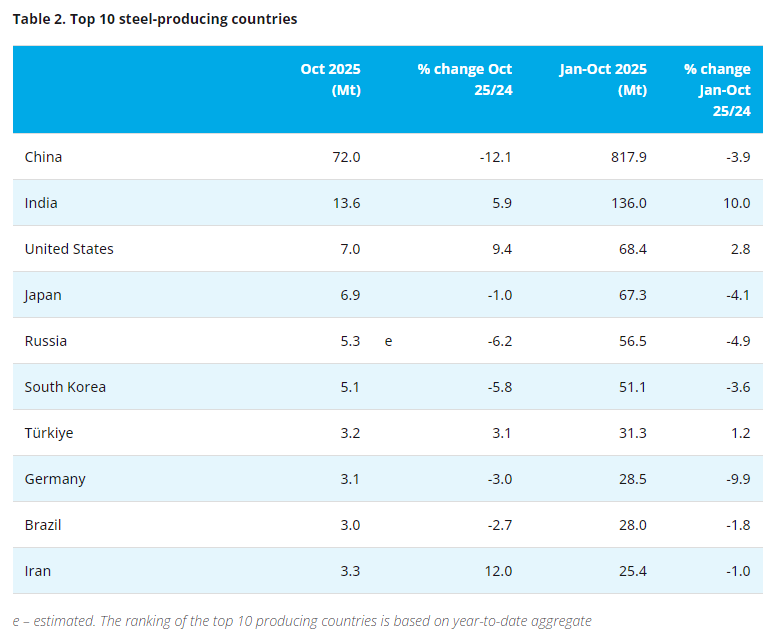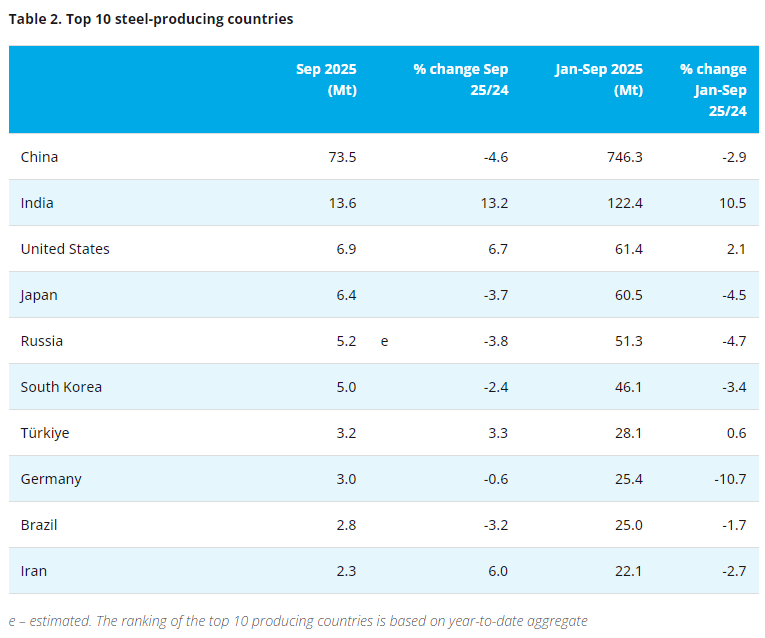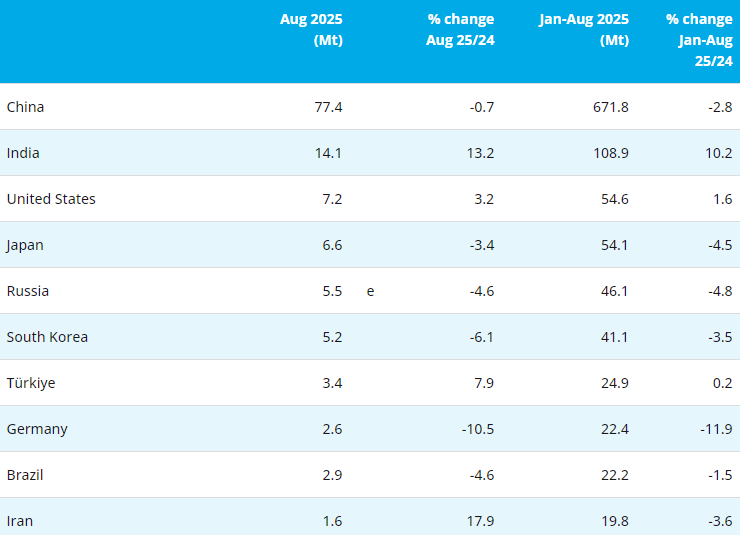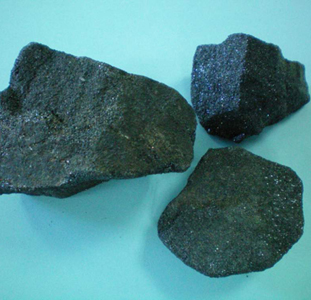Solar panel makers globally are preparing for their best year since 2011, when U.S.-backed Solyndra LLC went bust, as China and Japan take advantage of falling prices to shift more of their energy production to clean power.
Panel production is forecast to grow by almost a third this year, according to data compiled by Bloomberg. That’s a significant reversal for an industry that’s been crippled by its own excess as companies in China including JA Solar Holdings Co. and LDK Solar Co. raised almost $3 billion in 2007 and 2008 to expand production.
By 2010, the market was so oversupplied that the cost of solar cells began tumbling. With the cost of panels down by 66 percent since then, demand is surging as solar technology, for the first time, is able to compete head-to-head on price with fossil fuels in many places.
“We’re in a period of rational excitement,” said Patrick Robin, analyst at Credit Suisse Group AG, in a telephone interview. “It’s night and day how different the industry is now than it was three years ago.”
All that demand from Asia will benefit companies in China, which produce more than 75 percent of the world’s panels. Shipments are also increasing for U.S. companies including Sun Power Corp., which said in April that China is becoming its fastest growing market.
China Goals
China, in a pact with U.S. President Barack Obama, agreed in November to get 20 percent of its energy from renewable sources by 2030, with its total carbon emissions peaking the same year. To reach that goal, the Chinese government earlier this year boosted its target for 2015 solar installations to 17.8 gigawatts from about 12 gigawatts.
Japan may install as much as 12.7 gigawatts of solar power this year, the most after China. The country has promoted wider use of renewable energies, especially rooftop panels, after the 2011 Fukushima nuclear plant meltdown.
Cheaper solar has also made the technology more economically viable for emerging economies such as India and South Africa. In India, for instance, developers are installing panels to replace diesel generators that cost more to fuel.
The promise of solar panels stumbled in 2011 when Solyndra became a symbol in the U.S. of wasteful expansion in the industry. After receiving $528 million in U.S. backing, the company found it couldn’t compete as capacity in China swelled and panel prices plunged.
Solar Growth
Now, the industry is rapidly recreating itself. Led by its biggest producer, China’s Trina Solar Ltd., manufacturers are expected to produce as much as 55 gigawatts of panels this year, enough to power 11 million U.S. homes and 31 percent more than last year, according to Bloomberg New Energy Finance.
The Colorado researcher IHS Inc. is more optimistic, anticipating 61 gigawatts of shipments, with profit doubling from last year to $5 billion.
Shares have responded, with the NYSE Bloomberg Global Solar Energy Index of 132 companies gaining 65 percent this year, outpacing the 3.4 percent gain for the S&P 500.
“We see a boom this year and next,” said Ash Sharma, a senior research director at IHS. He expects capital spending to rise through 2016.
Still, not all companies are placed to benefit. Baoding, China-based Yingli Green Energy Holding Co., the second-largest panel maker, said Friday there’s “substantial doubt” about its ability to remain in business. The company is carrying over $2 billion in debt and hasn’t reported a profit since the second quarter of 2011.
Broader Revival
According to Jenny Chase, lead solar analyst for Bloomberg New Energy Finance, Yingli’s reputation is “for compromising on margin to sell volume,” which has made “it popular with project developers, but has obvious consequences for the balance sheet.”
The broader revival shows that solar power is becoming an increasingly viable alternative to fossil fuels as governments around the world work to curb global warming. More than 1,000 executives from all industries will be meeting Wednesday and Thursday at UNESCO headquarters in Paris to discuss their plans to address climate change.
That’s a turnaround from the solar slump that started with Solyndra’s failure and pushed more than two dozen manufacturers into bankruptcy. This year, Trina and its competitors will invest more than $5.6 billion in boosting output, according to IHS.
Thai Plant
“We will expand our capacity,” Teresa Tan, chief financial officer of Changzhou, China-based Trina, told analysts in March. She said Trina is “exploring other vehicles and venues to improve our capacity” and will invest $250 to $300 million this year, up from $135 million in 2014.
Trina is spending $160 million to build a plant in Thailand that will be able to make 500 megawatts of panels and 700 megawatts of cells. A rival Chinese panel maker, Jinko Solar Holding Co., has said it plans to spend about $100 million on a factory in Malaysia.
“There’ll definitely be shortage of panel supply in the second half,” said Xie Jian, president of JA Solar, in an interview. The Shanghai-based company, the fifth-largest panel maker, earned a profit for the first time since 2010 last year. It expects shipments to rise as much as 67 percent this year to as much as 4 gigawatts.
Jinko Solar, too, sees itself increasing production. The company was running at 100 percent capacity in the fourth quarter, Chief Financial Officer Haiyun Cao told investors in March. “We are looking to expand our capacity by 20 percent to 25 percent in 2015,” Haiyun said.
“We are coming off from a two to three year period where there was limited capacity expansion,” Angelo Zino, an analyst at S&P Capital IQ in New York, said in an interview. “It illustrates the health of the industry.”
- [Editor:tianyawei]



 Save
Save Print
Print Daily News
Daily News Research
Research Magazine
Magazine Company Database
Company Database Customized Database
Customized Database Conferences
Conferences Advertisement
Advertisement Trade
Trade
















Tell Us What You Think